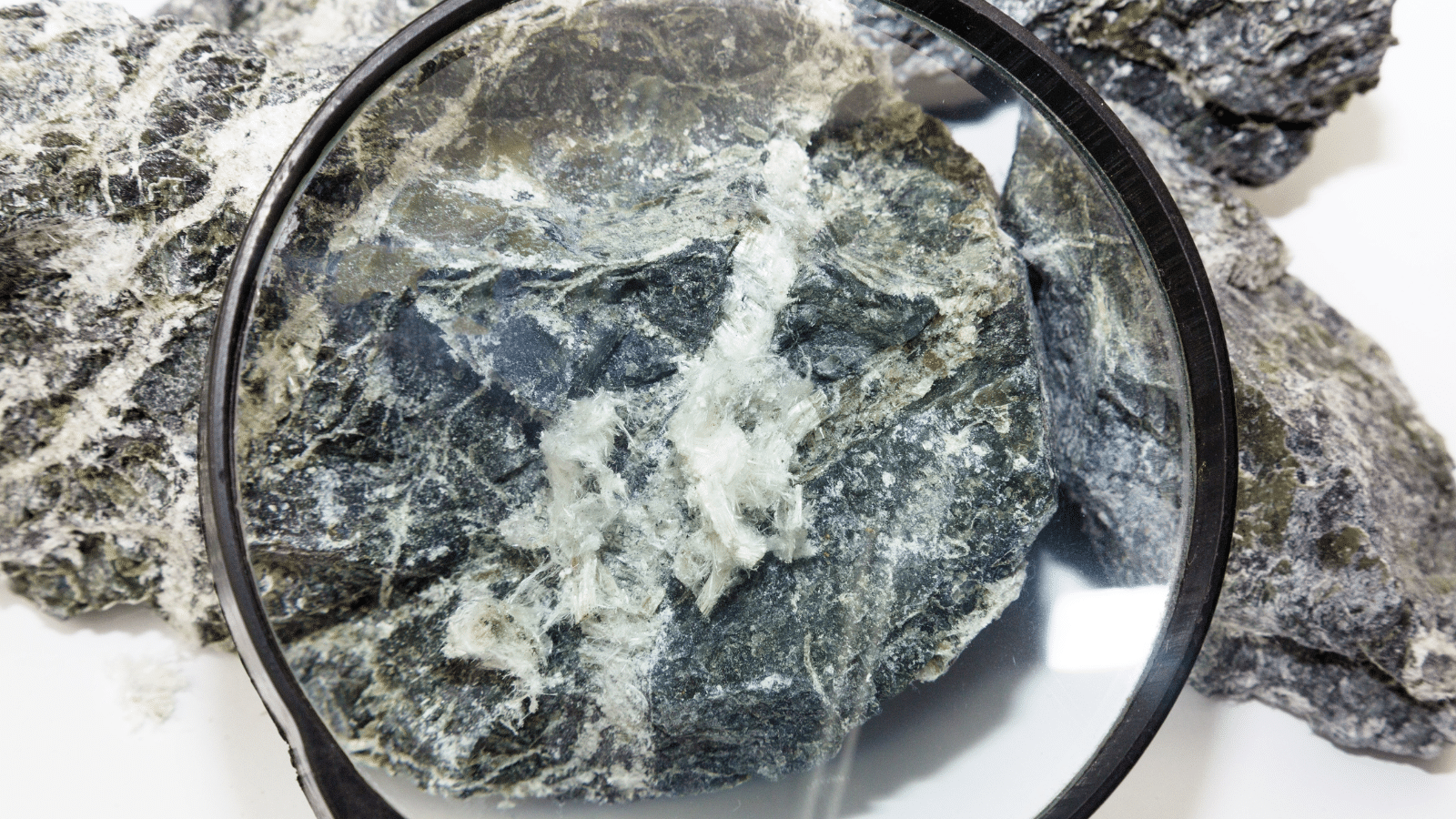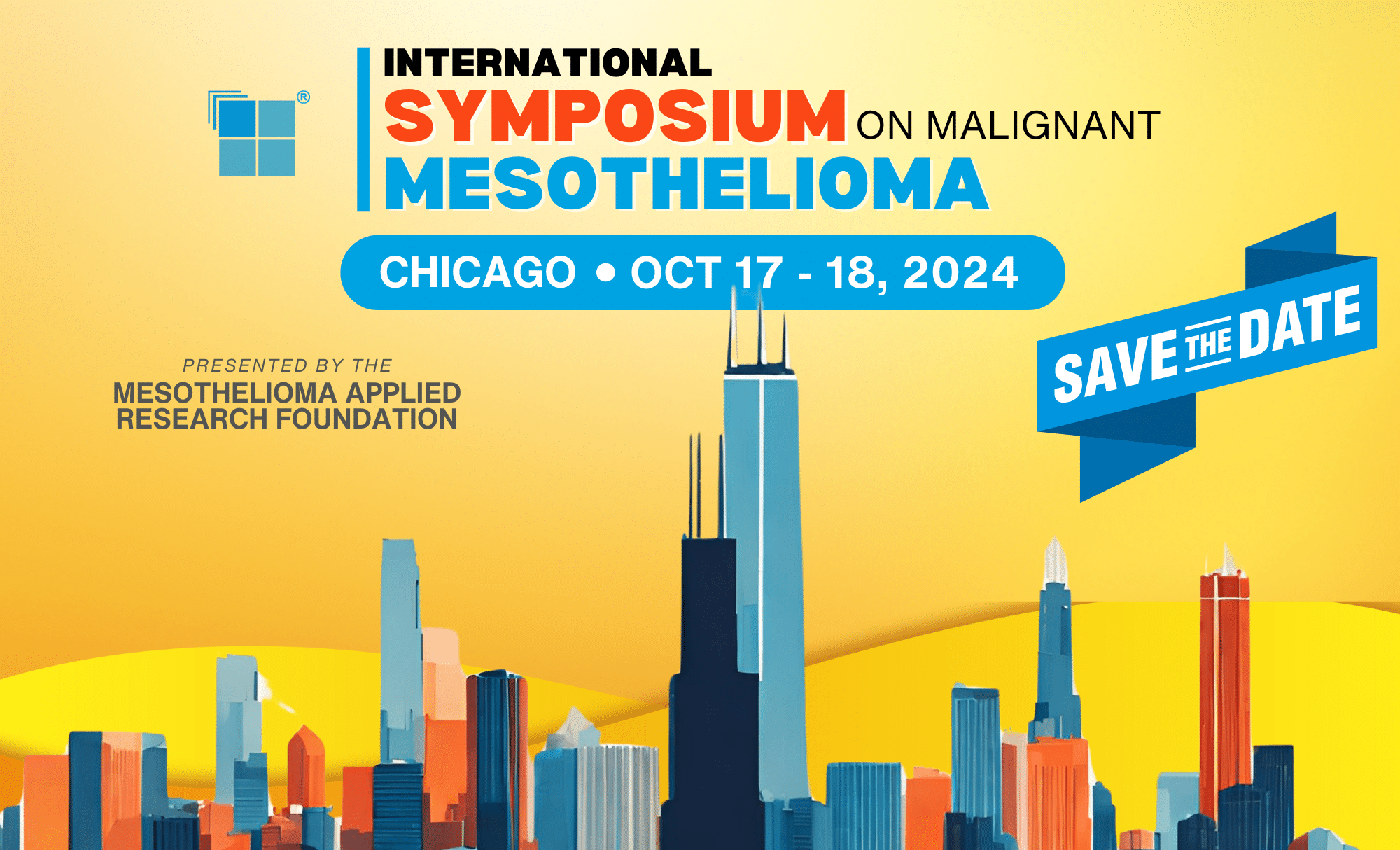by Christopher Graham
So I went to the ER, and everyone agreed I needed a CT scan. Despite having read thousands of them in my time, I had actually never had a CT scan before. I wondered what the IV contrast injection would feel like. I’ve been told it makes you feel warm all over. My experience was a bit different: it made by butt feel cold. But it was fast and over in a second or two (we have fancy pants scanners here). The tech who was working, actually a guy I’ve hung out with outside of work, was acting a bit weird when I got off the table.
Then he showed me the scan. I couldn’t believe my eyes. My exact words, I believe, were, “Well, looks like I’m getting admitted to the hospital tonight.” It was a metaphorical dumpster fire. I thought I’d see a little inflammatory change in the fat, maybe find the weird right sided diverticula[ref]Diverticula are the little outpouchings arising from your colon that can get infected and cause diverticulitis. They’re most common on the left side, but occasionally you do see them in the right colon, and they can cause pain.[/ref] that I ascribed the pain to. But no, it was bad. Like, real bad. Like, if I opened that case to read it, I might quietly put it back on the list, bad. The right colon and part of the transverse colon were grossly abnormal in appearance. There was significant thickening of the colon wall, and on top of that there was abnormal fluid throughout the entire belly, and there were abnormal enhancing[ref]Things that “enhance” after contrast generally have more blood flow to them… things like tumors[/ref] masses on the lining of the abdomen.
Let’s take a second here to talk about a few concepts in radiology. One thing people, even other doctors, sometimes don’t understand about radiology is that, we’re not directly looking at jack squat. These pictures are just a really fancy density map of the body. The white parts are where a bunch of x-rays get absorbed. The black parts are where a bunch of x-rays can pass through the tissue without getting absorbed. Everything else is a shade of grey, and we can only tell you, really, about the relative differences in density.
Sometimes, that means we can make the diagnosis with great confidence. Radiologists call those “aunt minnies,” because the appearance is such a slam dunk diagnosis that even your Aunt Minnie can make the right call. But more often than not, things look the same. A lot of diseases from very different categories (i.e., malignancy/cancer versus inflammatory disease versus autoimmune disease, etc.) can look the same. And so we, as radiologists, try to look at the pictures, evaluate them, and then say what it could be, preferably in order of probability. We call that the differential diagnosis. Other physicians do the exact same thing with people’s stories and labs. We just do it from the pictures.
So hopefully that will drive home this point: When everybody (the ER, the GI doctors, the surgeons, and the radiologists) looked at the pictures, this was our differential diagnosis: (1) inflammatory bowel disease (things like Crohn’s or ulcerative colitis) (2) inflammatory bowel disease (3) inflammatory bowel disease (4) something besides inflammatory bowel disease. That is how I would still read a case like mine, quite frankly. And remember, we doctors like stories that make sense. IBD – Crohn’s or ulcerative colitis – fit with my age, symptoms, and now the CT scan findings, too. I was just another run of the mill IBD patient. GI was so confident it was inflammatory bowel disease that, when I saw them in their clinic before the colonoscopy, we had already started talking about the treatment for IBD and how that would affect my career plans as a physician, if at all. I wasn’t some old guy with a bunch of cancer risk factors. I was actually in okay shape, just slightly overweight according to my body mass index (BMI). And even that was probably just from my huge, Arnold-style muscles, obviously, and not too much pizza and beer on the weekends. I exercised a few times a week. I didn’t smoke or have any exposure to weird chemicals. I don’t think that cancer was even on anybody’s radar at the time.
So what do they do when they think there’s something wrong in the colon? They shove a camera up your butt. I got to drink what is basically salt water to clean it all out before they could take a look. That stuff is absolutely disgusting. Take it from me, the night before the colonoscopy is definitely the worst part. You’re trying to drink an entire gallon of this nasty saltwater concoction, while, every 15 minutes or so, running to the john to have explosive, runny, liquid diarrhea basically all night long. The kind where you’re wiping, shall we say, more surface area of the undercarriage than usual. You know what I’m talking about. And if you feel like you just have to fart, it’s more than just gas, I promise. So don’t take any chances. Honestly, after doing the prep, the part where you get some happy fun-time drugs that put you to sleep, right before they shove a huge scope up your ass, doesn’t seem so bad.
Anyway, the colonoscopy was… normal. If it had been inflammatory bowel disease, the inside lining of the colon would have been involved. They took biopsies (tissue samples) and sent them off to the pathologist. They said the lining of the colon – the mucosa – was normal. It wasn’t IBD. So I thought I was good. No one could explain the abnormal appearance of the right colon to my satisfaction yet, but hey – at least I didn’t have Crohn’s disease, right? Hooray!
Since they had scoped me from “up top,” as we say, last year, they wanted to do a repeat EGD to make sure the esophagitis was better. So they stuck another camera down my throat, through my stomach, into the small bowel. This time, they saw something weird. There was some sort of mass in the first part of my small intestine, the part called the duodenum. It’s definitely not normal, but it’s not all that rare for people to have benign growths in their GI tract (benign meaning, they won’t turn into cancer). In fact, that’s probably more common in someone my age, than anything which is truly big and bad. So we just had to do one more test called an endoscopic ultrasound, or EUS, to look at that thing and make sure it wasn’t something malignant. I actually wasn’t all that worried at the time – I was still celebrating the fact that I didn’t have inflammatory bowel disease. I thought the thing in the duodenum would turn out to be benign, honestly.
So we did yet another scope from above, though this time with that endoscopic ultrasound. Basically, that means the scope they use for the case also comes with an ultrasound probe on the end, too (nifty, right?). So they looked at that mass and were able to take samples of it with a small needle, using the ultrasound pictures to guide them. The medical term for that procedure is a “fine needle aspiration” (FNA). The GI doctor who dictated the ultrasound portion of the case was able to describe the lesion with the “benign words” in his report. Any doctor who read it would understand that he was saying he thought it was benign, just by reading the words/descriptions he used in his report. And, on a statistical basis, given my age and lack of risk factors, this thing was most likely to be something not normal, per se, but also not very serious. Nonetheless, we needed to get to the bottom of it, so we sent the samples off to the lab for the pathologists to evaluate.
Continue reading in the next installment by Christopher Graham here: Chapter 1 | Part 4: Florid Mesothelial Hyperplasia Vs. Peritoneal Mesothelioma
Read the previous installment by Christopher Graham here: Chapter 1 | Part 2: From Mardi Gras to the Emergency Room, Unrelated




